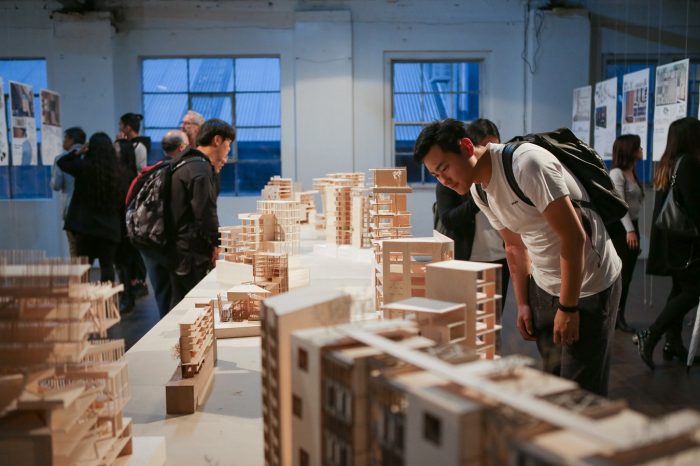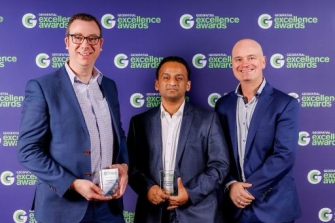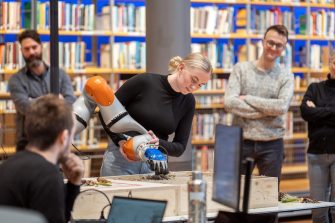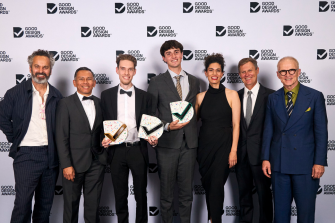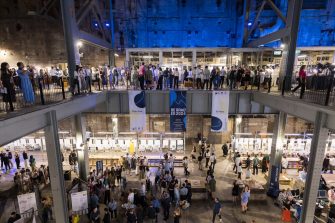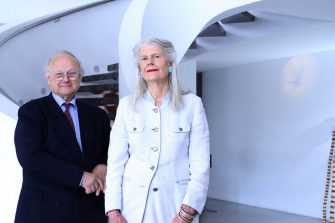Over the past year, our researchers have received $7.8m in grant funding to develop new knowledge and tackle some of the biggest challenges in our fields. These range from projects exploring how we can use Artificial Intelligence to improve city-making decisions, to research developing supercool materials to mitigate the urban heat island effect in cities around the world. Our researchers have also been awarded at the highest level this year, receiving global lifetime achievement awards, national fellowships and international residencies.
2024 was also a wonderful year for our students, with seven Built Environment graduates named in Australian Design Review’s ‘30 under 30’, along with wins in the Australian Design Graduate of the year and NSW Young Planner of the Year awards. An annual highlight for me as Head of School is attending our end of year student exhibition, which this year was held in the remarkable setting of White Bay Power Station, showcasing the models, drawings and visions of over 400 students. It was a fitting way to end the year, celebrating our students’ ambitions to create more sustainable, equitable and resilient designs for our future cities.
At UNSW Built Environment, we are home to many different disciplines. But 2024 emphasised the shared missions that unite our collective endeavours.
Firstly, we seek to create smart built environments that use data and advanced digital tools to make evidence-based decisions and develop new systems and designs. For instance, in 2024, we officially opened the ARC Centre for Next-Gen Architectural Manufacturing, a new $5 million research and training centre that will accelerate digital transformation across our industries.
We want to create healthy and equitable built environments, meeting the diverse needs of all people across products, buildings and cities. In 2024, we launched ‘How We Survive’, a long-term initiative to change how disaster recovery efforts are managed globally, by putting disaster-impacted communities at the centre of decisions that affect them and their families.
We also recognise that the built environment is one of the biggest contributors to the climate crisis, and we’re committed to developing the research, technologies and education to tackle this. That’s why we’re delighted that UNSW was recognised as 7th in the world in the 2024 Times Higher Education SDG Impact Rankings, and 12th in the world for SDG11: Sustainable Cities and Communities.
Finally, we want to ensure the next generation of city-makers – our students – have an impactful education, learning from the very best. One avenue is through the Seidler Chair in the Practice of Architecture, which turned ten years old in 2024. With Dr. Penelope Seidler’s generous support, this has seen Pritzker Prize winner Prof. Glenn Murcutt and Profs. Richard Hassell and Mun Summ Wong of Singapore-based WOHA, lead award-winning studios at UNSW for hundreds of students.
All of this, and more, is captured in this edition of BE In Review. I do hope you enjoy the stories, videos and links within.
Prof. Philip Oldfield
Head of School, UNSW Built Environment
